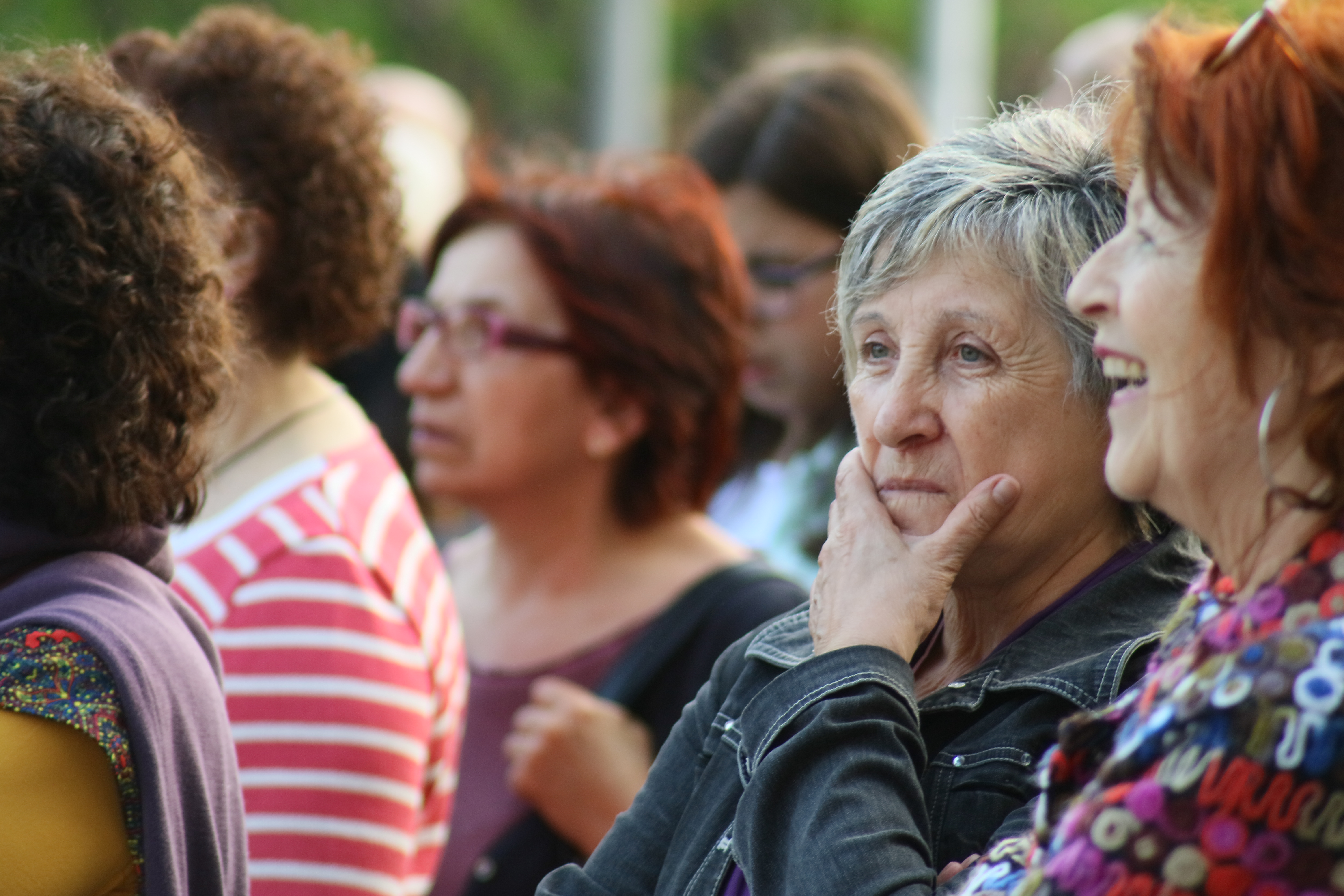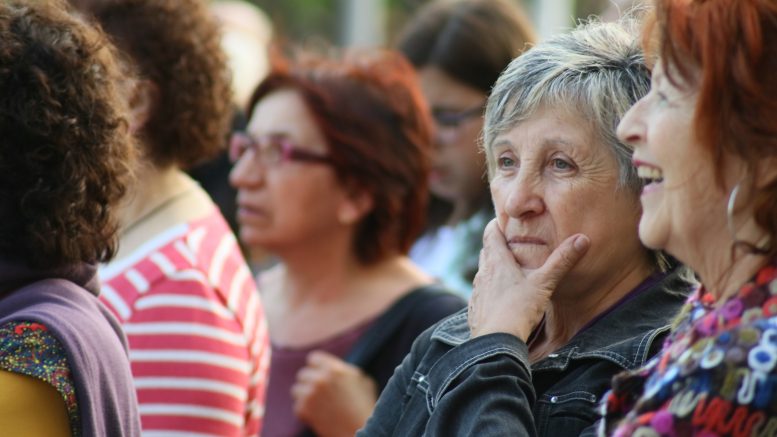
On average women are paid 20 per cent less than men across the world, according to a new study by the International Labour Organisation. In such progressive times – the gender pay gap is an unnecessary social injustice.
The nation was shocked by the exposure of the sometimes vast gaps between the wages of men and women, especially when these organisations are household names and are held to high moral standards (such as the BBC).
In 2017 after a demand for increased transparency was made in the new Royal Charter, the BBC were made to publish a list of all employees who were earning more than £150,000. Of the 96 employees earning above this threshold, 62 were men and 34 were women – and the seven highest paid were men.
I'm so shocked Chris Evans is paid by the BBC £2.2 million for his radio show on Radio 2 & so disappointed by gender pay gap on BBC.
— Cressida Burnet (@CressidaBurnet) July 20, 2017
BREAKING NEWS: The BBC have exposed the gender pay gap within their organisation. Do you think it is fair? https://t.co/5uxIvKOwxd
— 38 Degrees (@38_degrees) July 19, 2017
After laws were changed, companies with more than 250 employees were required to report details of the gap between the median hourly rate between men and women. Here are some of the biggest gaps, via The Guardian: Ryan Air – who’s pay gap is 72%, with only 3% women making up the top quarter of earners. Another company with significant wage inequality would be Boux Avenue – a lingerie company targeted at women, yet on average their female employees earn 75.7% less per hour than men. Whilst most of the sales assistants are women – the top earners are men at the top, sat in an office.
VoL contacted both Ryan Air and Boux Avenue – neither responded for comment.
I don’t think the fact that Boux Avenue have a 75% gender pay gap in favour of men has been discussed enough
— queen b (@bethanylharris) April 9, 2018
As of 2018 almost 98,000 more women had applied for higher-education courses for the 2018/19 start date, according to new UCAS stats. Also, the 2017 report states women were more than a third likely to go to university – meaning since last year the volume of women applying to university has increased by 333 per cent!
The International Labour Organisation released the 2018/19 Global Wage report alongside the annual study, the its premise to address and “explore what lies behind the gender gap”. The organisation used data from 70 countries – just over a third of the worlds countries and covered nearly 80 per cent of wage employees worldwide.
New #GlobalWage Report 2018/19 shows slow global wage growth while the gender pay gap remains unacceptably high, being women paid approximately 20% less than men.
Explore: https://t.co/YPzWdBKC5E
— ILO Publications (@ILOPubs) November 29, 2018
ILO created a comprehensive and interactive graph in which you can see the gender pay gap in regards to the different countries from their study. Alongside the standard measure of gender pay gaps they coincided with a measure of their own which included “factor weighting,” some of these including, levels of education and the “motherhood” gap.
The VoL created two graphs highlighting the countries that represent the smallest and largest gender pay gaps.


Graphs by Megan Naylor via Canva
“In more than 70% of the countries covered in the report, the gap has been underestimated … as a result, the global estimate rises from 16% to 19%.”
@ilo report Bangladesh only country where weighted gender pay gap is positive https://t.co/R1ybL73X3v
— Sajeeb Wazed (@sajeebwazed) November 27, 2018
Rosalia Vazquez-Alvarez, econometrician and wage specialist at the ILO and also co-leader of the study said: “In many countries women are more highly educated than men but earn lower wages, even when they work in the same occupational categories… to reduce the gender pay gaps more emphasis needs to be placed on ensuring equal pay for women and men, and on addressing the undervaluation of women’s work.”
The standard measure of the UK’s gender pay gap stands at 23%, ILO’s factor weighted measure was even less at 16%. Hopefully this means our country’s gender pay gap is decreasing.
Tomorrow is UK #EqualPayDay. The gender pay gap is not a “women’s problem.” It affects everyone, & perhaps children most adversely. In the UK, 92% of single parents are mothers. Kids in single-parent homes are 2x as likely to live in poverty. It’s well past time to close the gap!
— Billie Jean King (@BillieJeanKing) November 9, 2018
Words: Megan Naylor | Subbing: Memuna Konteh
Featured image: Daniel Espinola via Flickr

